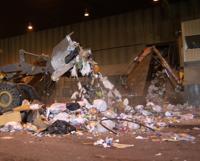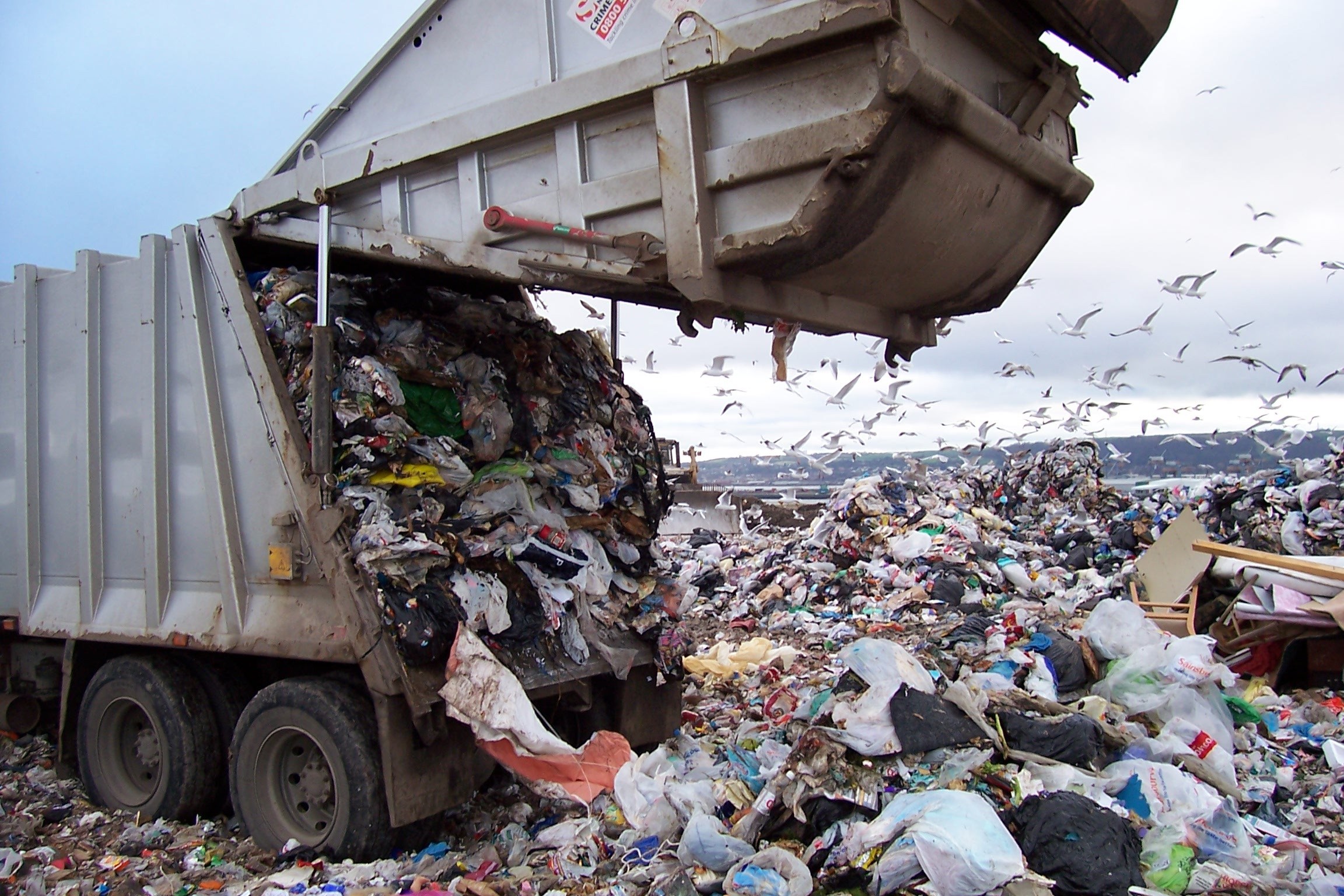David Schultz’ presentation in Red Wing
April 29th, 2019
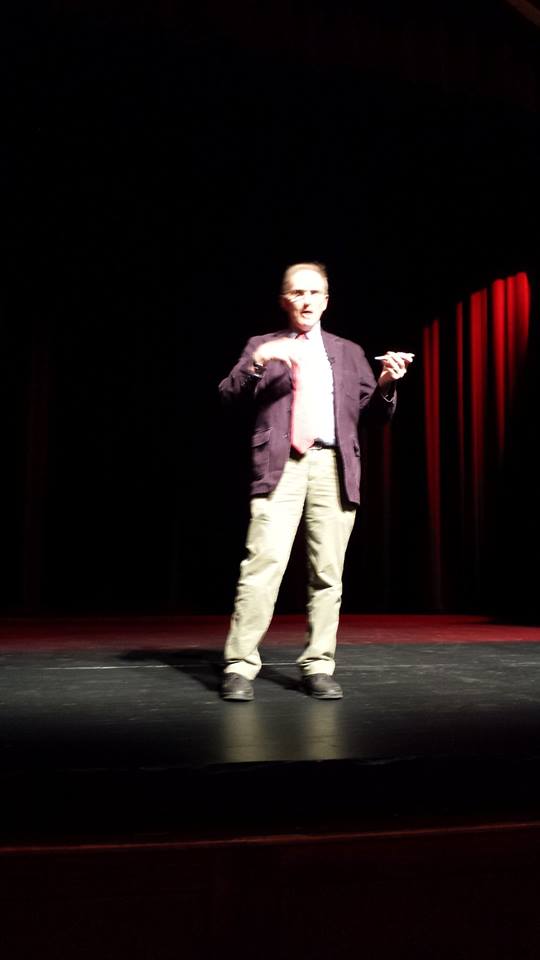
Hot off the press from City of Red Wing:
Hello,
Thank you to those of you who attended our board and commission training on Thursday, April 18th. For those of you who couldn’t make it that evening, the full recording of the training can be found here.
Professor David Schultz was hired by the City to provide training on the role of the elected official/volunteer compared to the role of staff, the open meeting law, and conflict of interest. His presentation included a question and answer period with attendees. Questions arose related to Open Meeting Law for Ad Hoc and other committee activities, and Mr. Schultz provided answers that differ from the City’s policy. The City’s current policy, which is attached to this email, was created after much community discussion and research and was adopted by the City Council in 2010.
Thank you,
Melissa Hill | Administrative Support Manager
Here’s the attached policy:
Here’s what all the fuss is about:

AD HOC COMMITTEE MEETINGS MUST BE NOTICED AND OPEN! It’s that simple.
Red Wing’s City Council Forum & Strategic Plan
March 13th, 2019
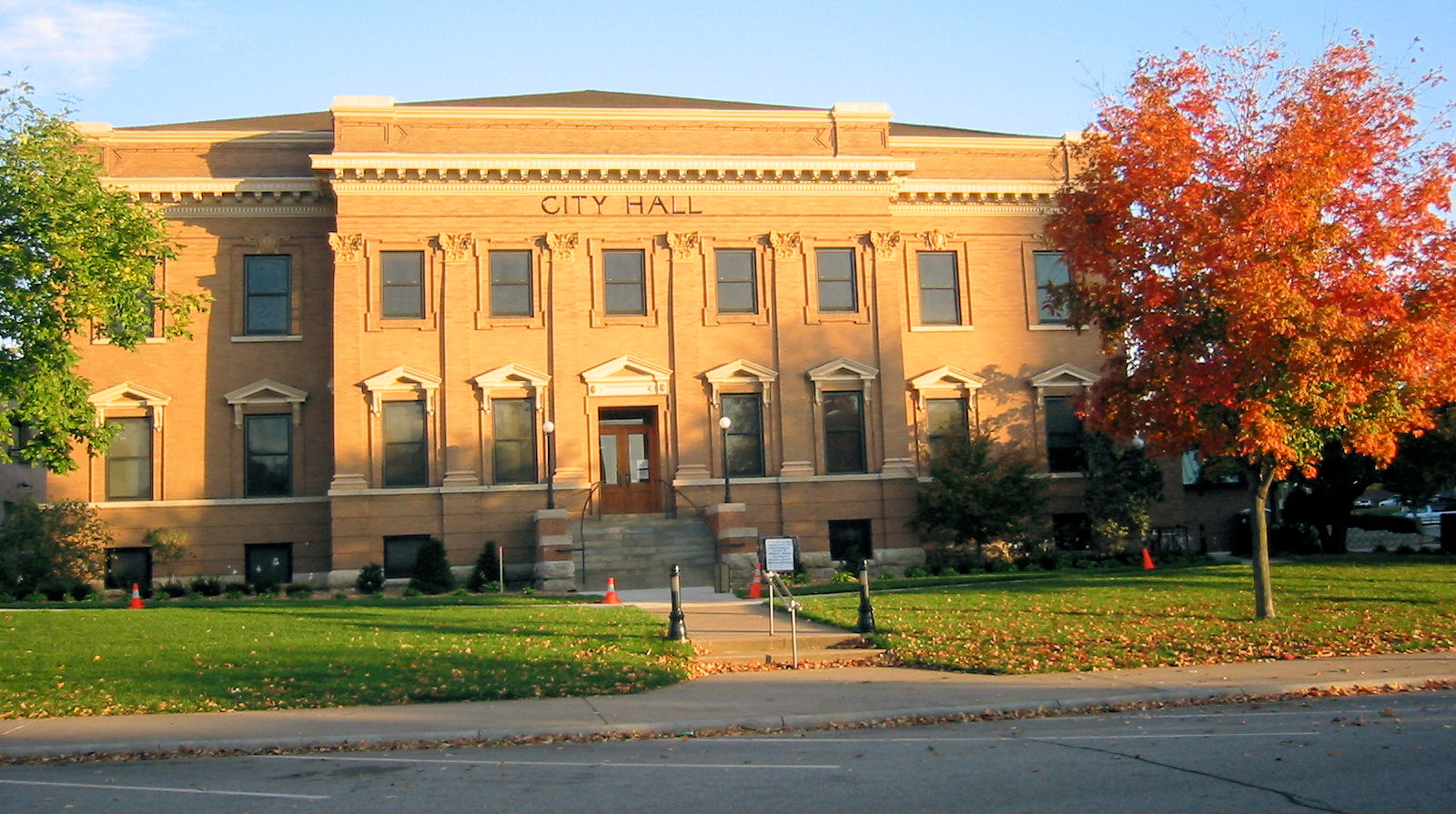
Hey Red Wing! Mark your calendars:
City Council Strategic Plan Public Forum & Q&A
Monday, March 18, 2019
6:30 to 8:00 p.m.
Public Library – Foot Room
6:30 to 7:00: Informal Meet and Greet time (snacks and beverages provided)
7:00 to 8:00: Brief presentation, City Council panel discussion, and question-and-answer period with Council members regarding the Strategic Plan draft.
Here’s the 2019 Strategic Plan Draft 3-13-19_201903130811429189-1
And here’s the Red Wing 2040 FINAL for comparison.
Sturdevant, Putnam, Sanford, Kingman Redo in Red Wing
October 29th, 2018

There’s a meeting about the Sturtevant Redo, actually it’s Sturdevant, Putnam, Sanford and Kingman, and it’s coming up soon. Sturtevant is our street on the other side, up next to be redone, joys of living on a corner. Alan said a city engineer or ? was hoofing it around the neighborhood handing out notices for the meeting:
WHERE? WHEN? Here’s the short version:
6:30 p.m. on Wednesday, November 7
Sunnyside School Gym
1669 Southwood Ave
Red Wing, MN
GREATLY APPRECIATE THE NOTICE! Somehow we slept through the notice for the West redo, and that was a mistake…
So far, I have two questions, procedural and substantive:
1) Why is this meeting at Sunnyside, the other end of town, instead of downtown, where we could just roll down the hill? Usually meetings like this are at City Hall, at the Library, at Ignite, so why not this one? Is there a number of scheduling conflicts? Makes no sense.
2) The handout suggests that there are two options under consideration for Sturtevant and Putnam, either one side parking with boulevards and trees, or two way with NO TREES?!?! Ummm, NO!

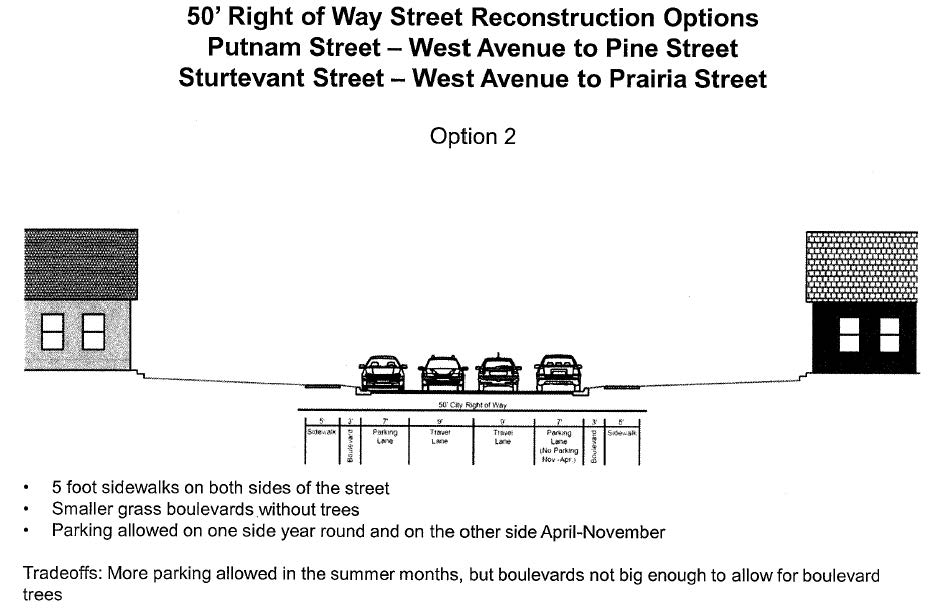
For Sturtevant, that makes sense, it’s one-sided parking now, because the street is just too narrow for parking on both sides. It’s a pain for our neighbors on the other side, for sure, but that’s how it is, it’s been that way for a long time, and we’ve adjusted. Putnam, though, is another matter. That street is an inexplicably VERY wide concrete superhighway, and every time I’ve driven on it, there are cars parked on both sides.
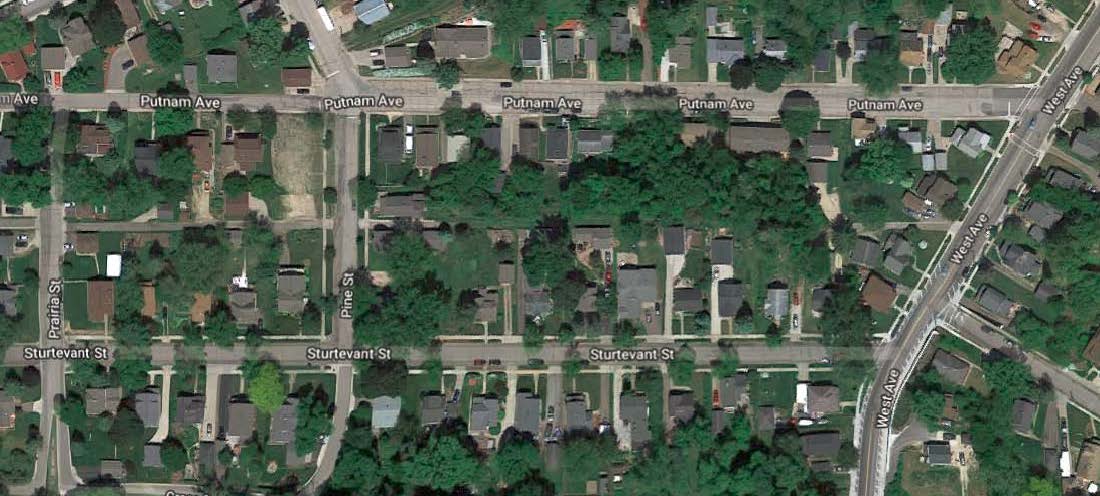
It’s obvious that Putnam between West and Pine is as wide was West, a major thoroughfare in town, with upwards of 4,000 cars daily!
On Putnam, West to Pine, from perspective of both available space and resident use considerations, I don’t see any rationale for both-sides parking with NO trees OR one-sided parking with trees. Are they planning to change the width of Putnam? There’s no reason to change the status quo of parking on both sides with trees. DON’T TEAR OUT THOSE TREES!
On Sturtevant, West to Prairia, that’s might be what’s at issue. It is already one-sided parking with trees from West to Pine, which makes sense, but I don’t recall if it’s no parking on the north side west of Pine… I think I remember cars parked on both sides. There are also many beautiful big trees there. I’d think that it should remain as is, either no parking on the north side as it is from West to Pine, or parking on both sides WITH the trees. Is parking an issue on that block? For some houses, I think it is. The ones on the south side seem to have large garages and driveways, on the north side, there are smaller garages, and some gravel driveways. Restricting street parking may be a problem.
Neighbors, if you have thoughts about this, now’s the time! Don’t wait, like we did, where we didn’t weigh in on the plans for our other street, West! Here’s what West looked like:
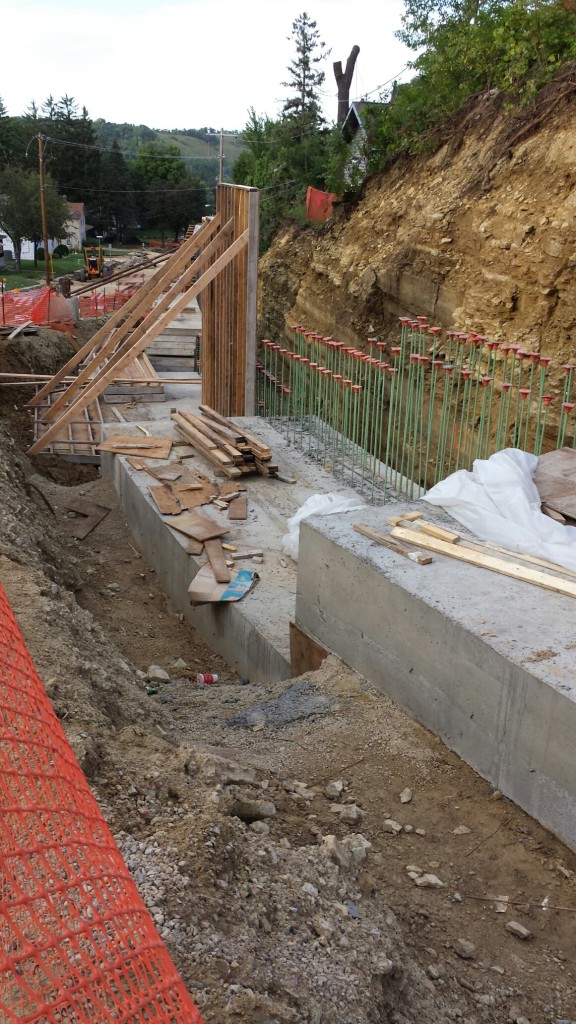
Sturdevant, Putnam, Sanford and Kingman won’t be as bad, no way will it be anything like West, but oh, my, if you have any ideas, thoughts, comments, critique, NOW IS THE TIME, before it’s set in a blueprint.
Last night at Red Wing Charter Commission
August 1st, 2018

The Red Wing Charter Commission met last night, first the meeting, where they voted to add moi to the Charter Commission, and then for a round of thoughts on Ethics.
Here’s the presentation from Pam Whitmore, League of Minnesota Cities:
Ethics and Local Government
More on this later, gotta focus on tomorrow’s PUC meeting!
Oh, and check out the PUC’s conflict of interest rule:
7845.0400 CONFLICT OF INTEREST; IMPROPRIETY.
Subpart 1. General behavior.
A commissioner or employee shall respect and comply with the law and shall behave in a manner that promotes public confidence in the integrity and impartiality of the commission’s decision making process.
Subp. 2. Actions prohibited.
Commissioners and employees shall avoid any action that might result in or create a conflict of interest or the appearance of impropriety, including:
A. using public office for private gain;
B. giving preferential treatment to an interested person or entity;
C. impeding the efficiency or economy of commission decision making;
D. losing independence or impartiality of action;
E. making a commission decision outside official channels; and
F. affecting adversely the confidence of the public in the integrity of the commission.
GRE to dump garbage incineration on the public?
July 9th, 2018

Remember when the site of the Elk River garbage burner was a nuclear demonstration plant? I do, because my father worked on parts of the design for that plant, and characterization after it was operational — I played with the geiger counter as a kid, and the rest is history. Technical difficulties at the Elk River Nuclear Station were many. It was shut down and decommissioned in the early 1970s. Today, that site is now a garbage incinerator.
Remember just one year ago, Xcel Energy going to the Public Utilities Commission to terminate their garbage and turkey shit burning Power Purchase Agreements?
GRE now wants to do the same, and is considering, and is likely to, shut down its Elk River garbage burning operation. News from Elk River, the red highlights are mine, and (red comments in parens are mine). If you get confused what’s what, click on link for original article:
Garbage project closure pondered
Great River Energy would like Elk River Resource Recovery Project to become publicly owned
